Go the extra mile
Towards a cooler planet
Exploring the real costs of sustainable aviation fuels
1 January 2023
Reducing greenhouse gas emissions is a major challenge today. Sustainable aviation fuels (SAFs) are key to making aviation more sustainable. They help cut CO2 emissions. But, the cost premium for SAF compared with fossil kerosene is a big issue for the aviation sector.
This study looks into SAFs' potential. It examines the real cost markup compared with fossil-based jet fuel. It also explores how much SAF of what type needs to be blended to meet the EU's ReFuelEU blending directive by 2050.
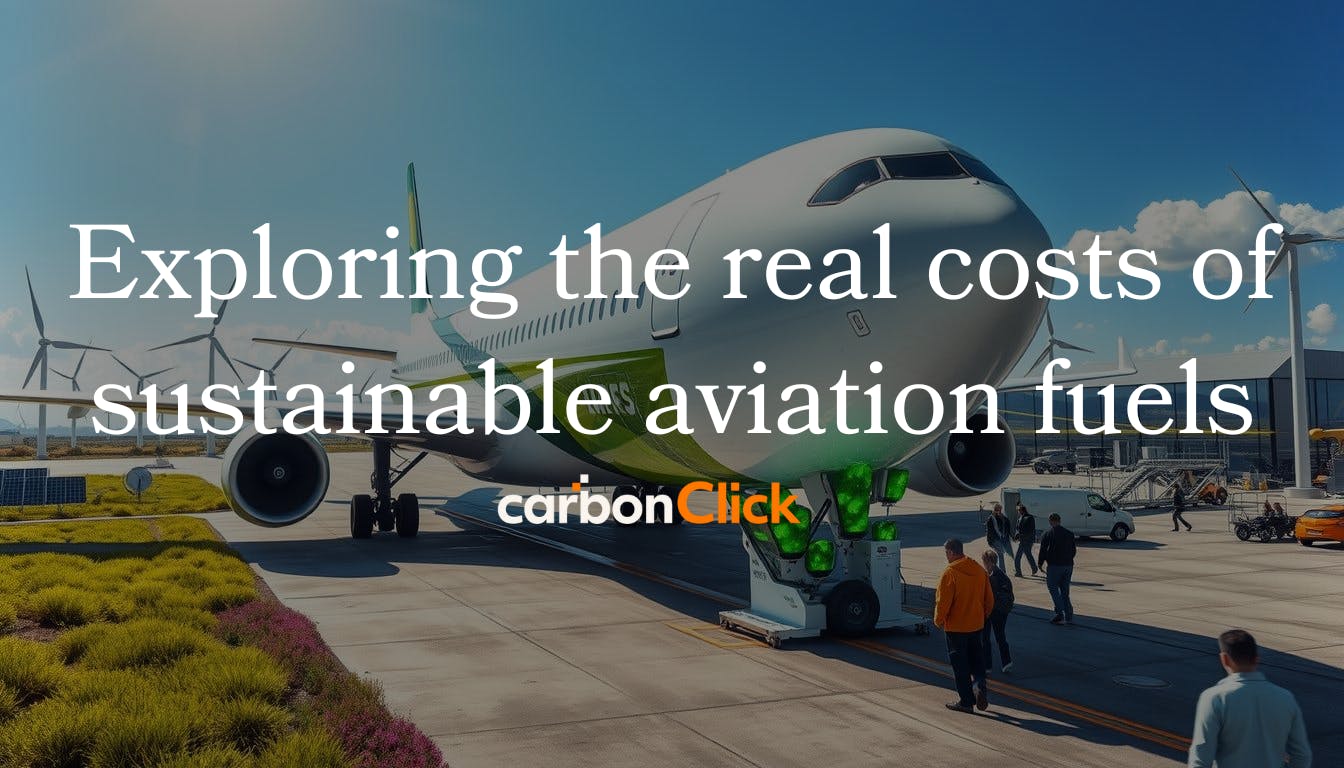
Sustainable aviation fuels: the key to a sustainable aviation industry
Reducing greenhouse gas emissions swiftly is essential in addressing climate change. Sustainable aviation fuels (SAFs) represent a significant advancement towards a more sustainable aviation industry. While SAFs help lower CO₂ emissions, their higher cost compared to fossil kerosene presents a substantial challenge.
Aviation emissions account for approximately 9–12% of transportation emissions in the U.S., and the industry is aiming for net-zero carbon by 2050. SAFs replace traditional jet fuels, reducing CO₂ emissions based on feedstocks and production processes.
Currently, SAF comprises less than 1% of Europe’s aviation fuel, a reflection of both the cost premium associated with SAF and the considerable start-up costs involved. These expenses create hurdles for the aviation industry, which already operates on narrow profit margins. However, the potential is vast; the U.S. alone has enough biomass to produce 50–60 billion gallons of biofuels annually. SAFs can be derived from a variety of sources, and new technologies are continually improving production efficiency. Over 360,000 flights have utilised SAFs across 46 airports, mainly within the U.S. and Europe.
The cost of biofuel production and the price of renewable jet fuels will be critical in determining the future uptake of sustainable aviation fuels across the sector.
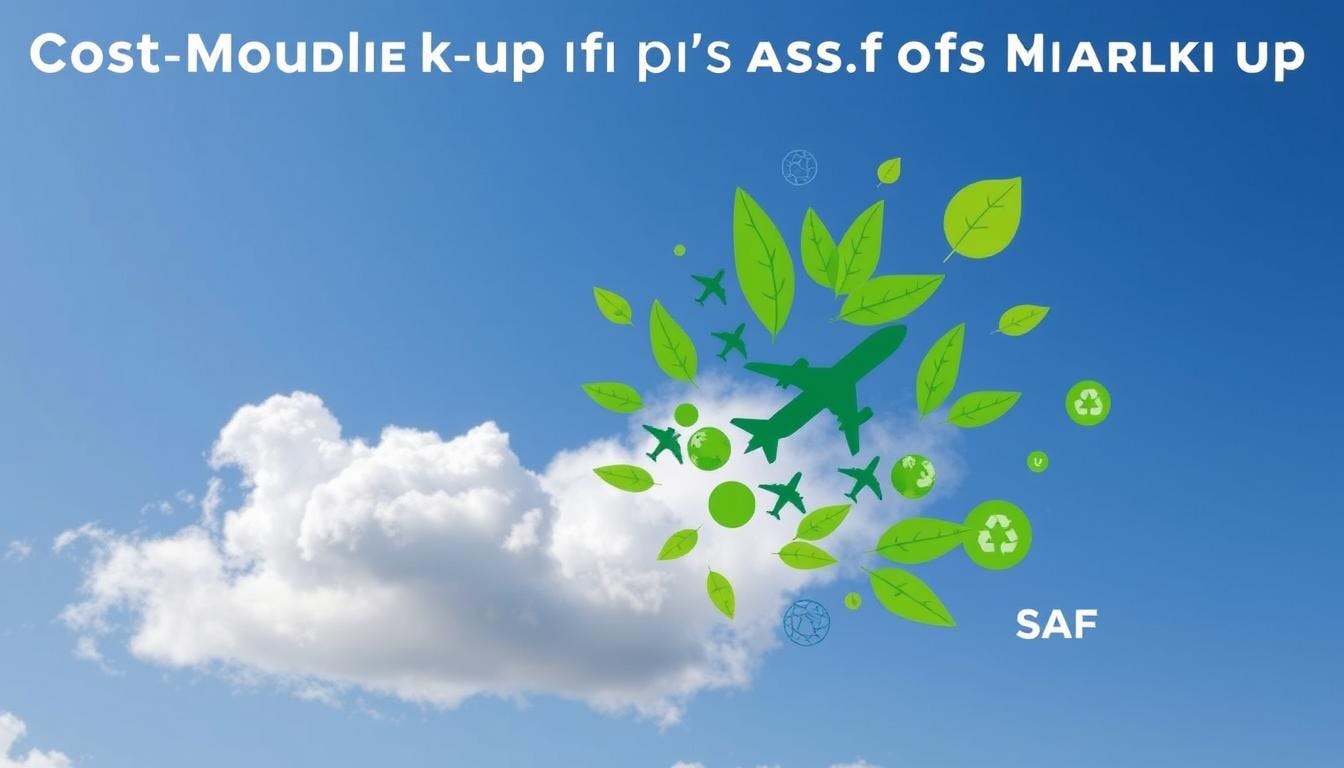
Understanding the real cost markup of SAFs
The aviation sector is exploring ways to reduce emissions, with sustainable aviation fuels (SAFs) regarded as a significant solution. This study examines potential SAF costs in comparison to conventional jet fuel, considering factors like the SAF blend ratio, airline operations, and flight types.
In the United States, the volume of SAF purchased by airlines rose from nearly zero in 2015 to around 4.5 million gallons by 2020. The government has set ambitious targets: 3 billion gallons of SAF produced annually by 2030, and 35 billion gallons by 2050. However, SAF costs remain a major concern. Research estimates SAF prices between $3.11 and $6.14 per gallon, depending on production methods.
Evaluating the cost increase
This study investigates renewable jet fuel prices and the costs associated with using SAFs. It assesses various SAF and traditional fuel mixes, airline operational factors, and flight distances, aiming to gauge the financial impact on the aviation sector. The results will inform stakeholders about the economic requirements for adopting SAFs, supporting the industry's commitment to a carbon-neutral fuel transition.
Scenario analysis: exploring SAF ramp-up pathways
We have evaluated the projected costs of sustainable aviation fuels (SAFs) in Europe from 2025 to 2050 using two primary scenarios: the EU Quota Pathway and the IEA Net Zero Pathway. By comparing these SAF costs to projected jet fuel prices, this analysis highlights the financial impact of transitioning to carbon-neutral aviation fuel.
EU quota pathway
Under the EU Quota Pathway, SAF usage is anticipated to increase steadily, reaching 63% by 2050. This approach is driven by regulatory measures, aiming to encourage investment in SAF production and to support cleaner aviation. Our study suggests that the cost of SAF under this pathway could range from €0.26 to €1.77 per gallon, depending on production costs and market trends.
IEA net zero pathway
In contrast, the IEA Net Zero Pathway seeks a more rapid SAF adoption rate, targeting 83% SAF usage by 2050. This ambitious pathway aligns with the industry’s net-zero carbon goals. Our analysis indicates that the cost of SAF under this pathway could range from €0.60 to €2.44 per gallon, emphasising the investment required to achieve higher SAF uptake levels.
This study provides valuable insights into the financial commitments necessary for the aviation sector's transition towards sustainable fuel use.
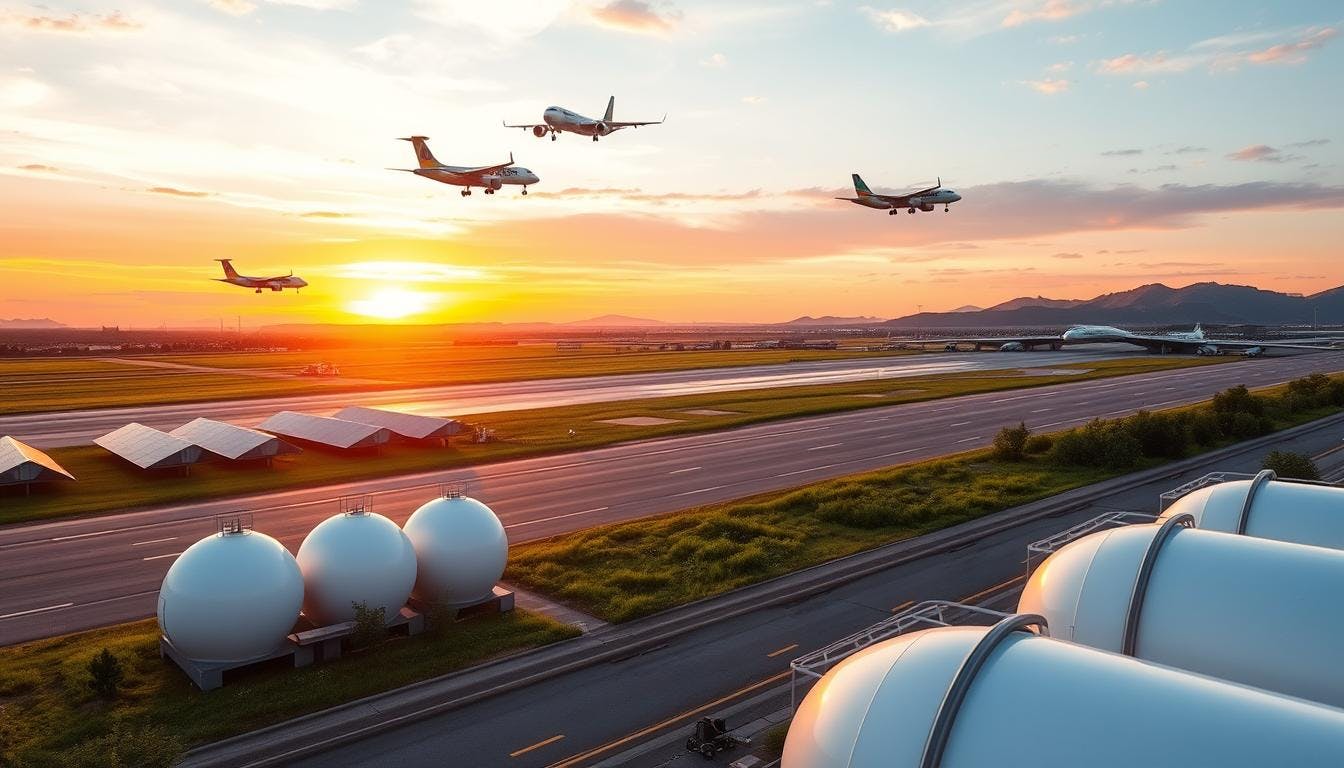

Baseline scenario: fossil-based Kerosene only
We begin with a baseline scenario where airlines rely solely on conventional fossil-based kerosene, factoring in costs tied to crude oil prices and the cost of CO₂ emissions up to 2050. Tracking fluctuations in fossil fuel and carbon prices will help illustrate the potential impact of transitioning to sustainable aviation fuels (SAFs).
Aviation is responsible for around 2-3% of global CO₂ emissions, which could increase to 6-9% by 2050 due to the sector’s anticipated growth. In response, the aviation industry is increasingly turning to SAFs, such as hydro-processed esters and fatty acids (HEFA), which can reduce emissions by 50-65% compared to traditional jet fuel.
However, the cost of SAFs, alongside renewable jet fuel prices, remains a significant factor in their adoption. This study aims to provide a comprehensive analysis of the costs associated with sustainable aviation fuel, offering a comparison against conventional kerosene.
Cost of sustainable aviation fuels
The study reveals that sustainable aviation fuels (SAF) are not expected to significantly increase flight costs, making them a viable option for reducing emissions from air travel. Until 2040, there may be limited reductions in SAF costs due to increasing demand and competition with other renewable fuels in the market.
However, the analysis suggests that SAF will not be substantially more expensive than conventional jet fuel, supporting the aviation sector's net-zero emissions target by 2050. Investment in SAF production remains crucial to this transition.
Initially, biofuel production and renewable jet fuel prices may be higher, but as production scales and technology advances, costs are anticipated to decrease. This could ultimately make sustainable fuel expenditure more manageable for airlines and passengers. The study concludes that costs associated with SAF should not be a barrier to their adoption, offering a path towards a low-emission future for air travel.
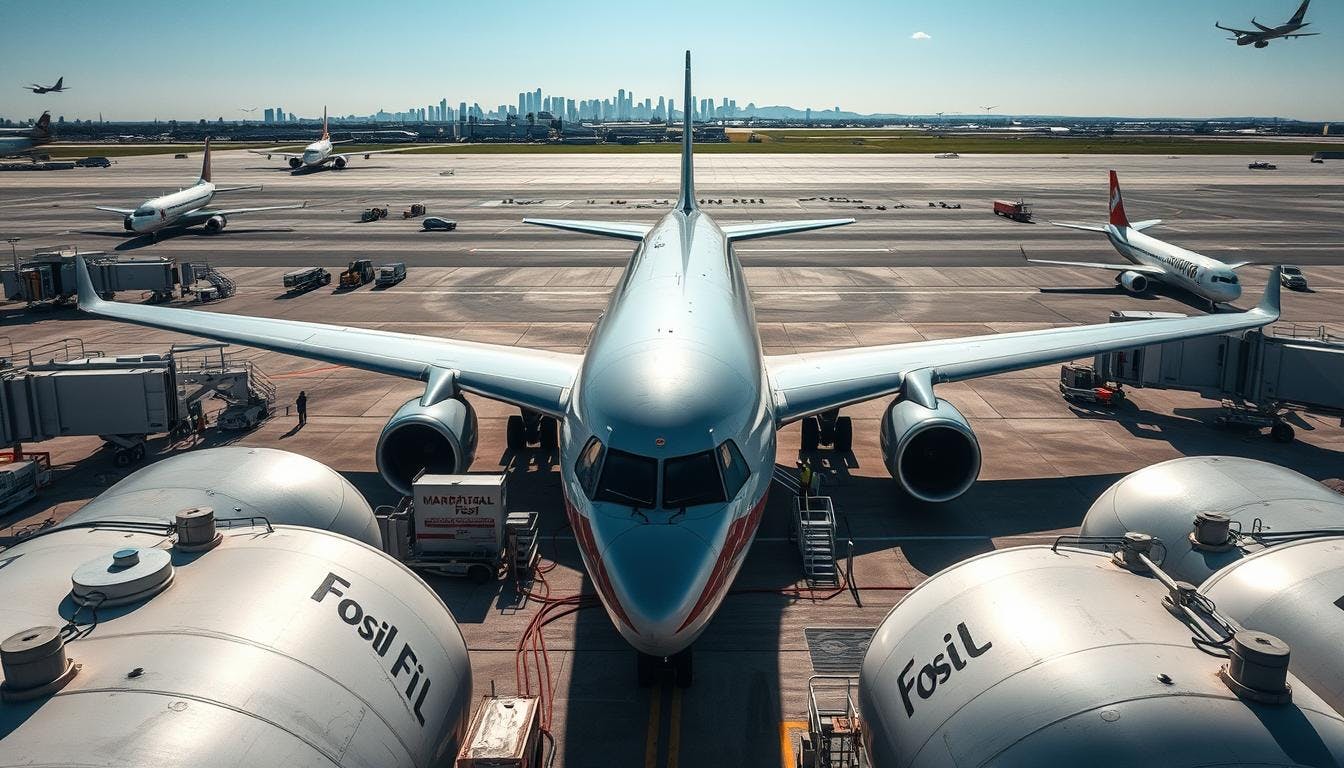
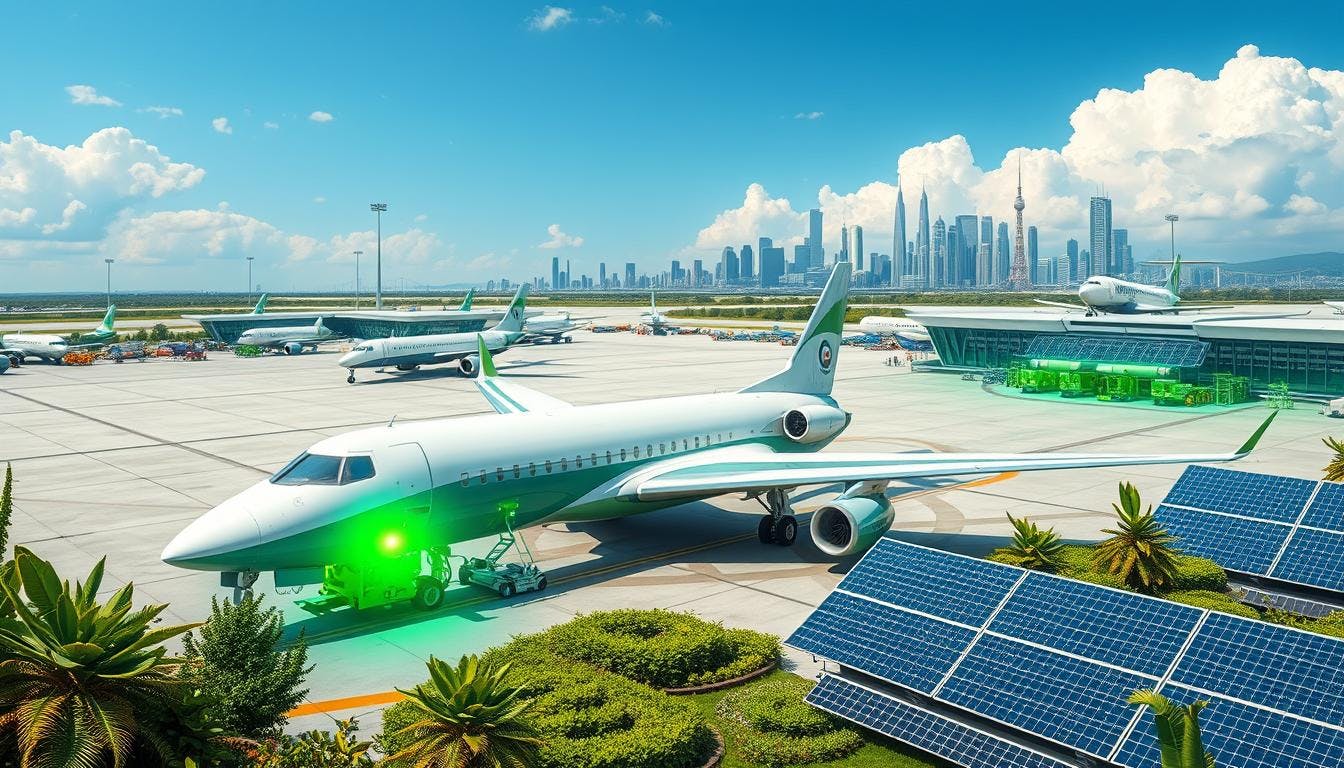
Cost implications for airlines and customers
The aviation industry is advancing towards sustainable aviation fuels (SAFs), with implications for both airlines and passengers. The study highlights that SAF costs will impact various airlines and routes differently, potentially influencing fare structures and cost distribution.
Long-haul flights are expected to experience the highest SAF-related cost increases, with a projected 6% markup by 2038, while short-haul flights might see a 2% increase. This suggests that long-distance travel could be more affected by the expense of sustainable aviation fuels.
Low-cost carriers (LCCs) may encounter greater challenges due to higher proportional expenses from sustainable fuel adoption compared to full-service network carriers (FSNCs), with cost implications potentially twice as significant. This emphasises that sustainable aviation fuel investments may present unique challenges for budget-focused airlines.
The study also examines strategies for airlines to distribute the carbon-neutral flight fuel expenditure effectively, featuring a case study on 100% SAF use in air cargo. This provides valuable insights into the budgetary implications of sustainable fuel for air cargo and overall aviation.
As the sector shifts towards sustainability, understanding the financial impact is essential. These findings can help industry stakeholders devise effective strategies to address SAF expenses and support the long-term goal of sustainable aviation.
Opportunities and challenges in the SAF ecosystem
The world of sustainable aviation fuel (SAF) is full of chances and obstacles. On one side, sustainable aviation fuel investments and carbon-neutral flight fuel expenditure could greatly reduce aviation's impact on the environment. However, the costs of alternative aircraft propellant outlays and clean air travel fuel budgets needed for SAF's wide use are significant hurdles.
Aviation's impact is clear: it's responsible for about 3.5% of human-made changes to our atmosphere, with a third from CO2. SAF can cut greenhouse gas emissions by up to 100% and reduce contrails by 50–70%. This makes SAF key for environmentally-conscious aviation fuel financing.
But there are still challenges. Finding enough feedstock, like hydroprocessed esters and fatty acids (HEFA), is a big issue. Most SAF today comes from the HEFA pathway. This shows we need more variety and creativity in sustainable aviation fuel investments.
To move forward, everyone must work together. Policymakers and stakeholders need to help shape this changing world. With smart carbon-neutral flight fuel expenditure plans and clean air travel fuel budgets, we can tackle these issues. This will lead to a more sustainable and efficient aviation sector for everyone.
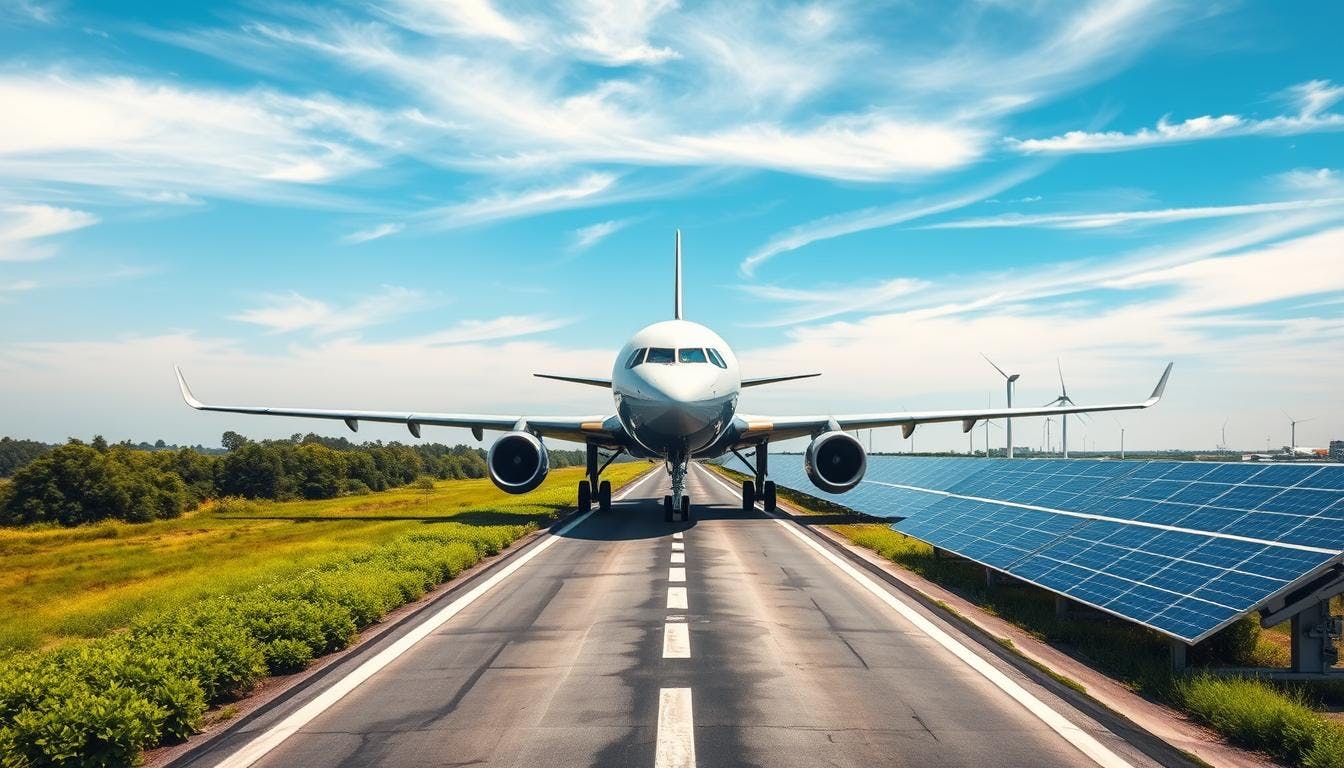
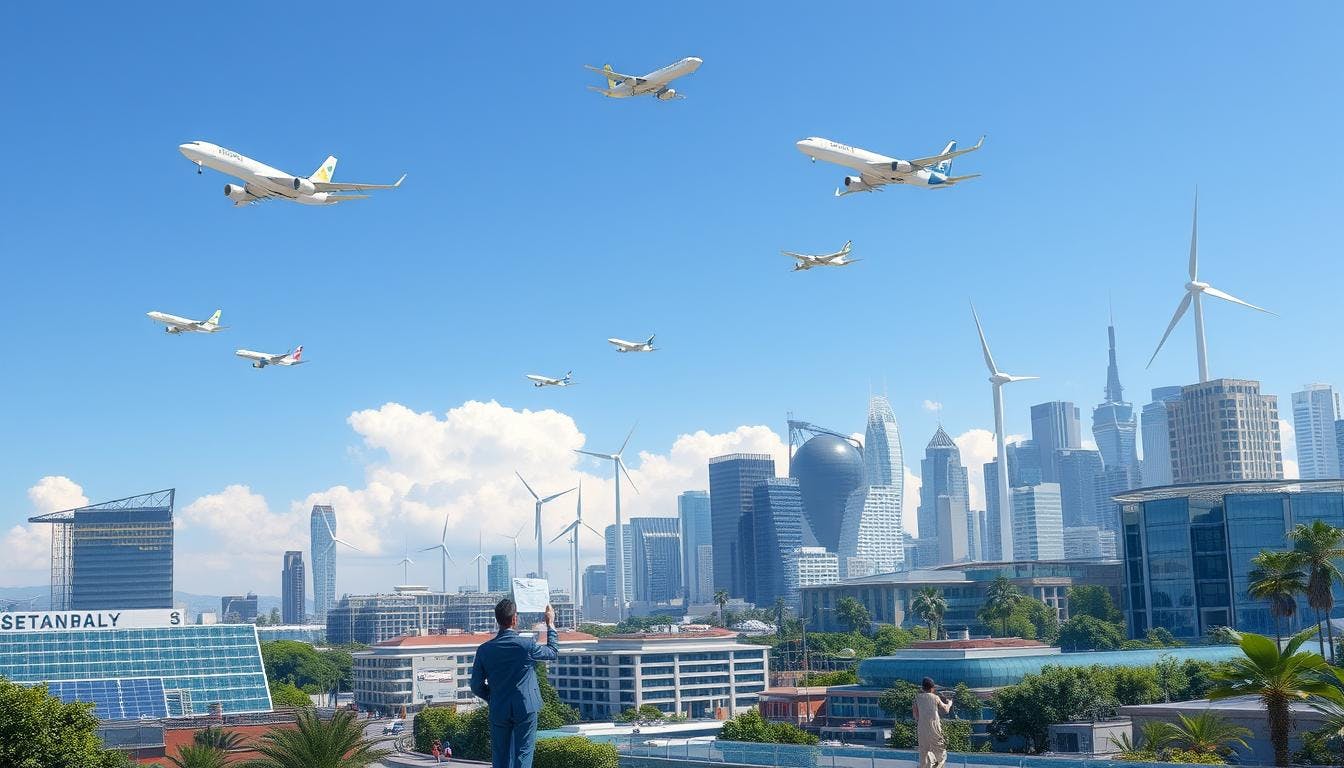
The cost of sustainable aviation fuels
The aviation world is working hard to be more considerate towards our planet. Sustainable aviation fuels (SAFs) are a significant part of this effort. They could make flying much less harmful to the environment, but they're still quite expensive.
SAFs currently account for just 0.01% of jet fuel used today. Yet, over 225,000 flights have utilised them since 2011. The production costs of SAFs are 2 to 10 times higher than that of regular jet fuel, which poses a substantial challenge.
However, the outlook is improving. Europe aims to use 2% SAF by 2025, with plans to increase this share in the future. Soon, SAFs might cost only 1.5 to 2 times as much as jet fuel. Advancements in aircraft technology could also contribute to making SAFs more affordable.
The aviation sector is serious about pursuing sustainability, and SAFs are crucial to this goal. As we increase the production of SAFs and enhance our technology, flying could become both more economical and environmentally sustainable.
Comparing the costs: aviation fuel expenditures
The study compares the costs of sustainable aviation fuel (SAF) with past and current fuel spending. Over 30 years, airlines have spent £4.3 trillion on fuel. In the last decade, they've spent £1 trillion on new planes. They also spend £15 billion each year on research and development.
These numbers match the costs mentioned in the ATAG Waypoint 2050 and ICAO LTAG reports. The cost of sustainable aviation fuels and alternative aviation fuel expenses seems high. However, when compared to the industry's past and ongoing spending, it's more manageable.
The cost of inaction
The aviation industry aims to reduce its carbon footprint. The investments in sustainable aviation fuel and carbon-neutral flight fuel expenditure needed for SAF must be considered. Not adopting sustainable solutions could lead to higher costs in the long run. This includes financial and environmental costs due to climate change and regulations.
The low-emission flight fuel disbursements for SAF might be a key investment for the industry's future. By tackling these challenges now, the aviation sector can remain sustainable and competitive in the long term.
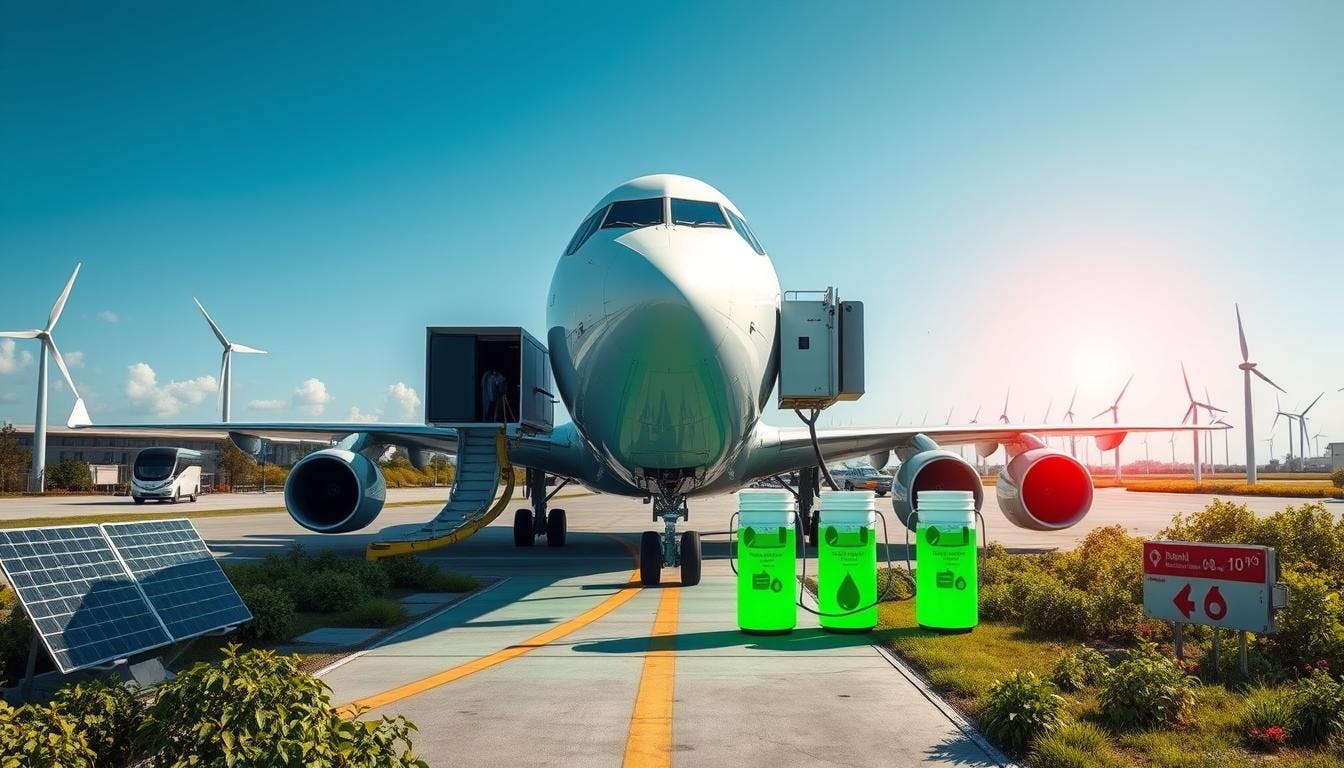
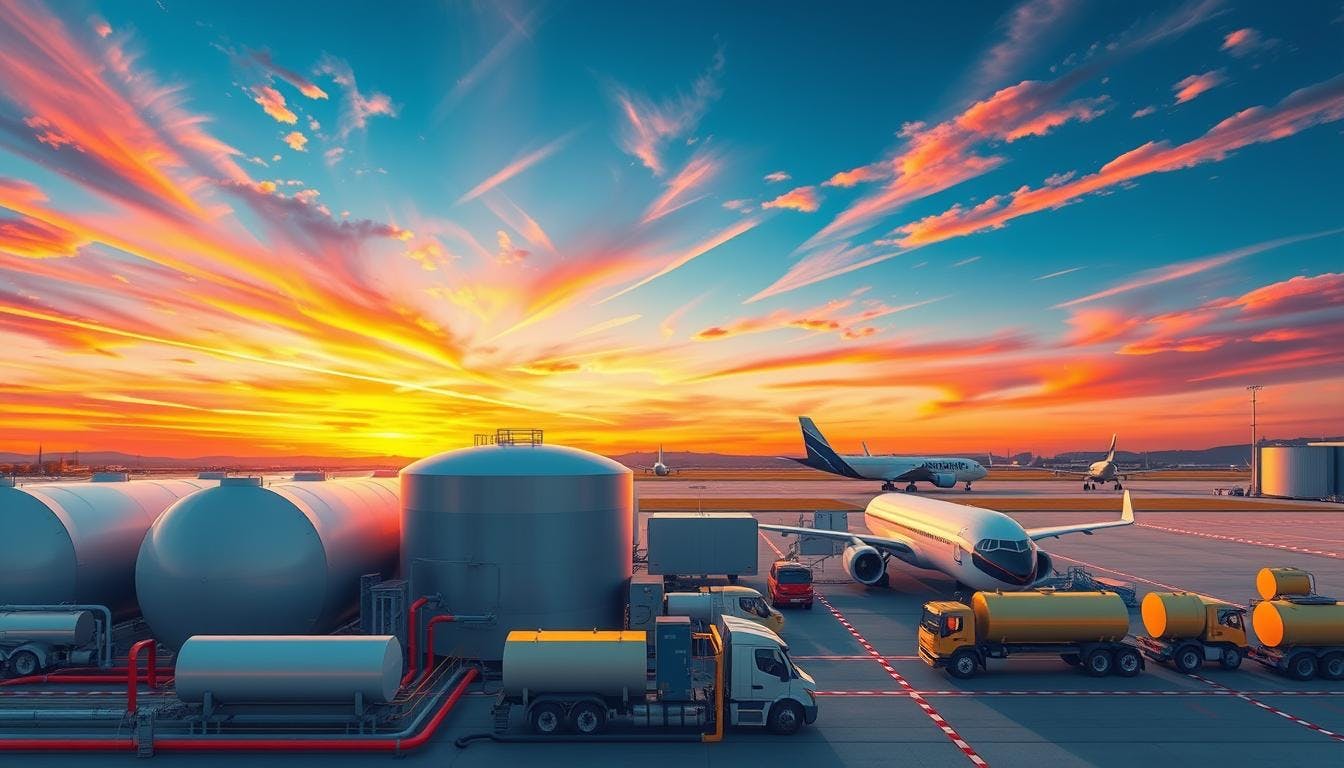
Policy support: a crucial factor in SAF scale-up
For sustainable aviation fuels (SAFs) to become affordable and widely accessible, strong government policy support is essential. Our research indicates that SAF prices heavily depend on such backing. Without substantial policy intervention, SAFs will remain prohibitively expensive, hindering widespread adoption.
Investments in aviation fuel and carbon-neutral flight fuel expenditures are crucial for the aviation sector’s sustainability goals. Yet, current environmentally-conscious aviation fuel financing and low-emission flight fuel disbursements fall short of the necessary levels. Government grants, loan guarantees, and public-private partnerships could play a significant role in making SAFs more economically viable and promoting their broader use.
The European aviation sector requires robust support to scale new technologies and production. Presently, only one SAF production facility exists globally, and Europe’s biofuel targets remain unmet. Rapid action from policymakers is necessary to facilitate SAF investments and industry growth, which will ultimately help to reduce aviation’s carbon impact and foster a sustainable future.
Developing new aircraft technology for net-zero
The aviation sector is actively working towards achieving net-zero greenhouse gas emissions by 2050. This ambitious target requires significant investment in new aircraft technologies, with projected costs estimated between $180 billion and $350 billion over the next 30 years. This aligns with the current annual investment of $15 billion in enhancing flight efficiency.
Efforts are underway to expand the use of sustainable aviation fuels and low-emission aircraft propellants, aiming to make air travel both cleaner and more sustainable. The financial commitment to clean aviation fuel budgets and sustainable aviation fuel financing plays a pivotal role in meeting the net-zero emissions goal.
Government bodies, including the U.S. Federal Aviation Administration (FAA) and the National Aeronautics and Space Administration (NASA), are at the forefront of this transition. Through initiatives like the Sustainable Flight National Partnership, these agencies are exploring advancements in aircraft design, engines, and flight systems, with a goal of reducing fuel consumption by 30% through new technologies.
By investing in these advancements, the aviation sector can significantly reduce its environmental impact, securing a sustainable future for air travel. The commitment to sustainable aviation fuel, low-emission propellants, and eco-conscious financing will shape the future of aviation.
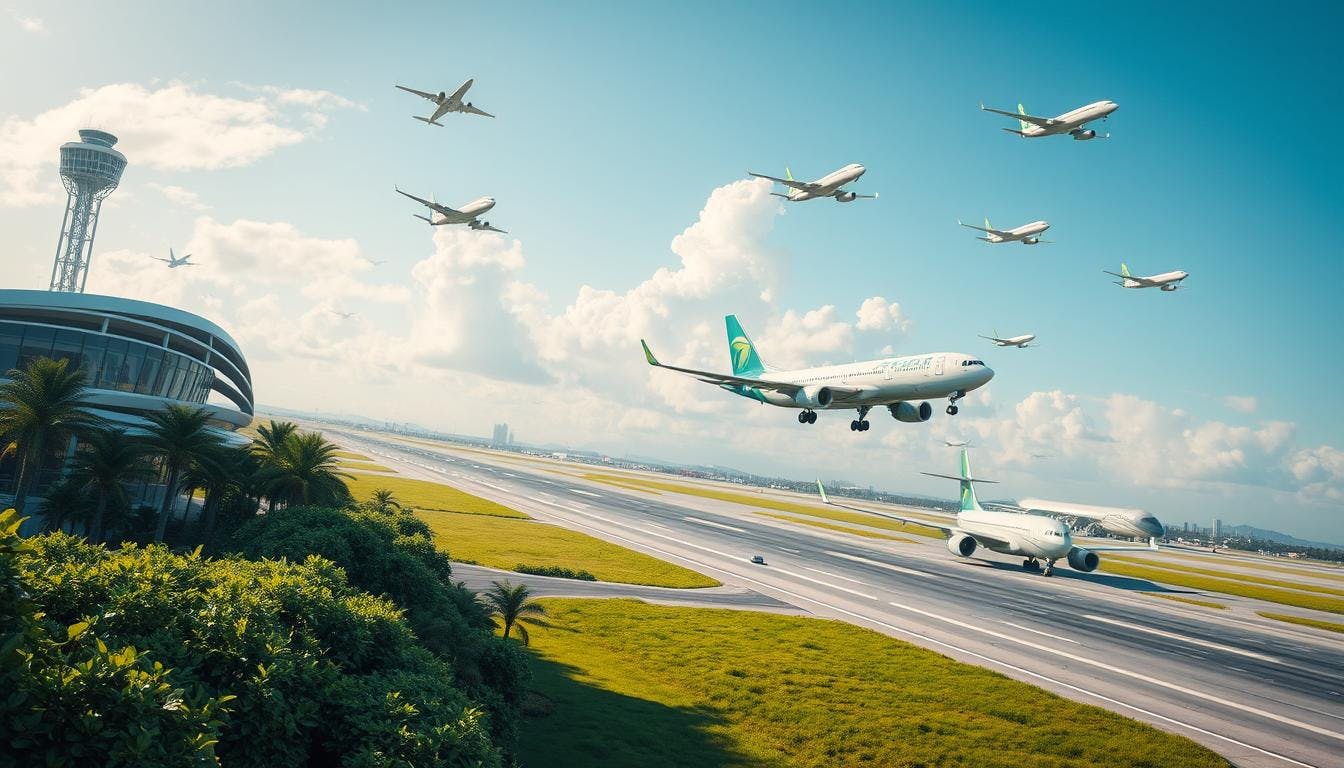

The future of aviation: sustainable and affordable
Kerosene prices are expected to rise as CO₂ costs increase, making sustainable aviation fuels (SAFs) a more economically viable option. SAFs are seen as essential for a sustainable future in aviation. Even with higher SAF usage, costs are not projected to increase significantly.
As climate impacts intensify, SAFs are increasingly important for aviation’s emission goals. The sector aims to reduce emissions by 20% by 2030, with the target of using SAFs exclusively by 2050 to cut emissions by at least 50%.
SAF production capacity is expanding rapidly due to rising investments and supportive policies. This progress is gradually reducing the price difference between SAFs and conventional jet fuel, paving the way for a future where SAFs could reach cost parity with traditional fuels, enabling a cleaner and more cost-effective approach to flying.
17 South Street
Auckland 1010
New Zealand
info@carbonclick.com- -
- X
Sign up. Be inspired. Get clicking.
Subscribe now to stay up to date with CarbonClick, carbon offsetting and climate action.
By signing up you agree to our Privacy Policy.


